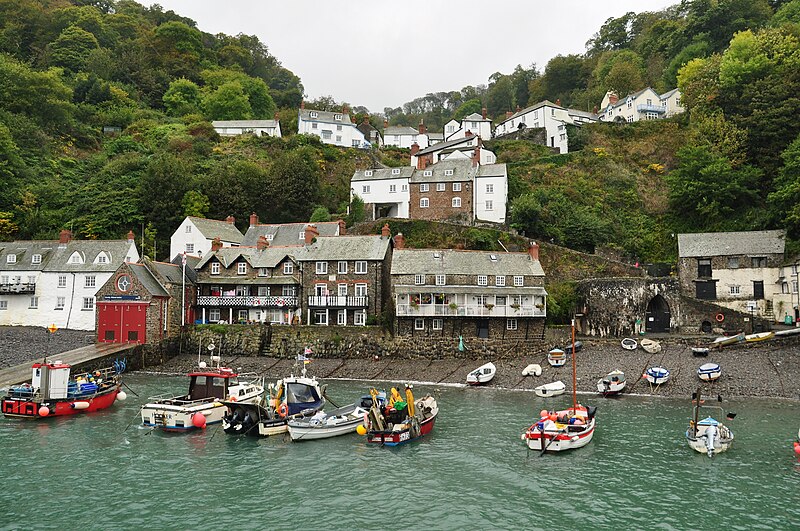No public holiday period would be complete without an Agatha
Christie adaptation on the telly, and this past Easter we were treated to an
adaptation of Christie’s Ordeal By Innocence, a star-studded murder mystery
based around the murder of the Argyll family’s matriarch Rachel, played by Anna
Chancellor. Rachel’s adopted son Jack is
arrested for the murder, wrongly as it turns out, and as is usual in such
murder mysteries, during the course of the 3-part series we discover that
pretty much most of those close to Rachel had a reason to be tempted to do her
in, and we do not finally find out who dunnit until the end of the final
episode.
The main focus of the action is a grand Scottish family home
belonging to the Shaw-Stewart family, which in real life is Ardgowan House near
Inverkip in Inverclyde, in the historic county of Renfrewshire. The house is part of the Ardgowan Castle,
House and Gardens, forming the Ardgowan Estate, which styles itself on its
website as Scotland’s leading film location.
The estate is also used for weddings and there is a distillery on site.
From humble beginnings as a solitary watchtower, the estate
has evolved over the years via the building of the house in 1797 to its
present-day role as a ‘pleasure dome’ for its visitors. However, things have not always been so
calm. The estate and surrounding area
has had an eventful history, ranging from a siege of the castle by Robert the
Bruce during the 2nd Battle of Inverkip in 1314 and the founding of the Stewart
Dynasty the following year, to the Inverkip Witch Hunts in the 1630s, and the
use of the house as a hospital during the two World Wars, making it a target
for German bombs. A more detailed
history can be found on the estate’s website.
Ardgowan offers a range of tours and courses and there is
accommodation on site. In addition to
which, since the showing of Ordeal by Innocence, the estate has begun hosting
Murder Mystery evenings and weekends.
 |
| Ardgowan House - geograph - 5672498. Photo by Thomas Nugent, via Wikimedia Commons. |

